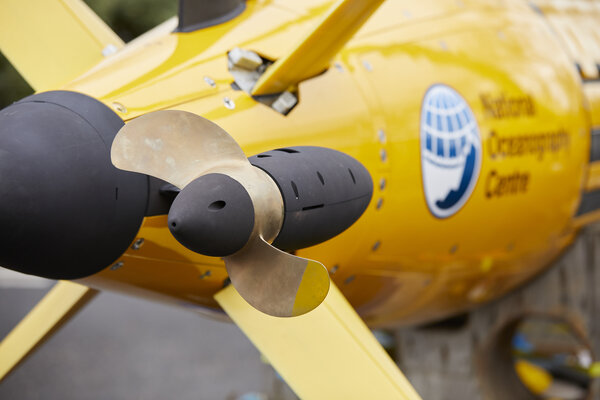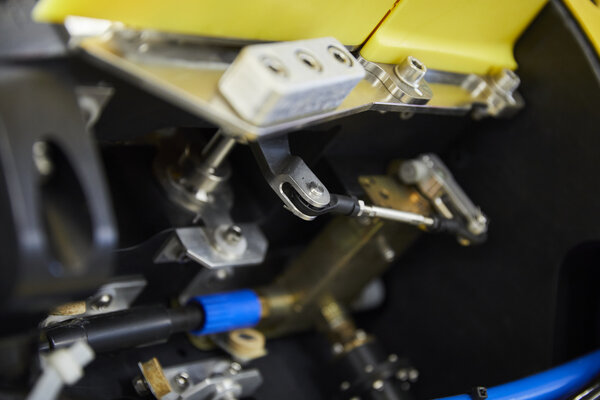But also, when it comes to extreme depth, reliable servos for control surfaces of underwater vehicles are crucial for successful exploration and scientific research missions. The National Oceanography Centre (NOC) in Southampton, UK, utilizes Volz' extreme depth-rated actuators in an Autosub Long Range Underwater Vehicle (AUV) nicknamed “Boaty McBoatface” for survey work like underneath ice shelves local to the Thwaites Glacier in Antarctica.
"We have two Volz actuators operating our control surfaces at the back - one controlling what we call our dive plane, meaning vertical, pitch-type movements, and another controlling our left-and-right fin movement”, NOC Senior Robotic Systems Engineer Matthew Kingsland said in an interview with the magazine Uncrewed Systems Technology. “We've integrated Volz's servos across all our AUVs, one of them using four actuators in a cross-form set of control fins, and that AUV has operated down to 4,840 m below the surface in the Porcupine Abyssal Plain, with the servos working just fine for the duration."
The Volz DA 26-SUB is an oil-filled electromechanical rotary actuator capable of up to 5 Nm peak torque output, and able to operate in temperatures from +70 C to -30 C and is built to withstand extremely high pressures at surveys in depths of up to 6000 m. Most important for the NOC project: it is built with an aluminum housing rated to last for at least 1000 hours of saltwater exposure.
AUV like NOC’s Boaty McBoatface are built to help oceanographers investigate processes in the Polar Regions like the extent of the ice melt without the need for the constant presence of a research ship.

